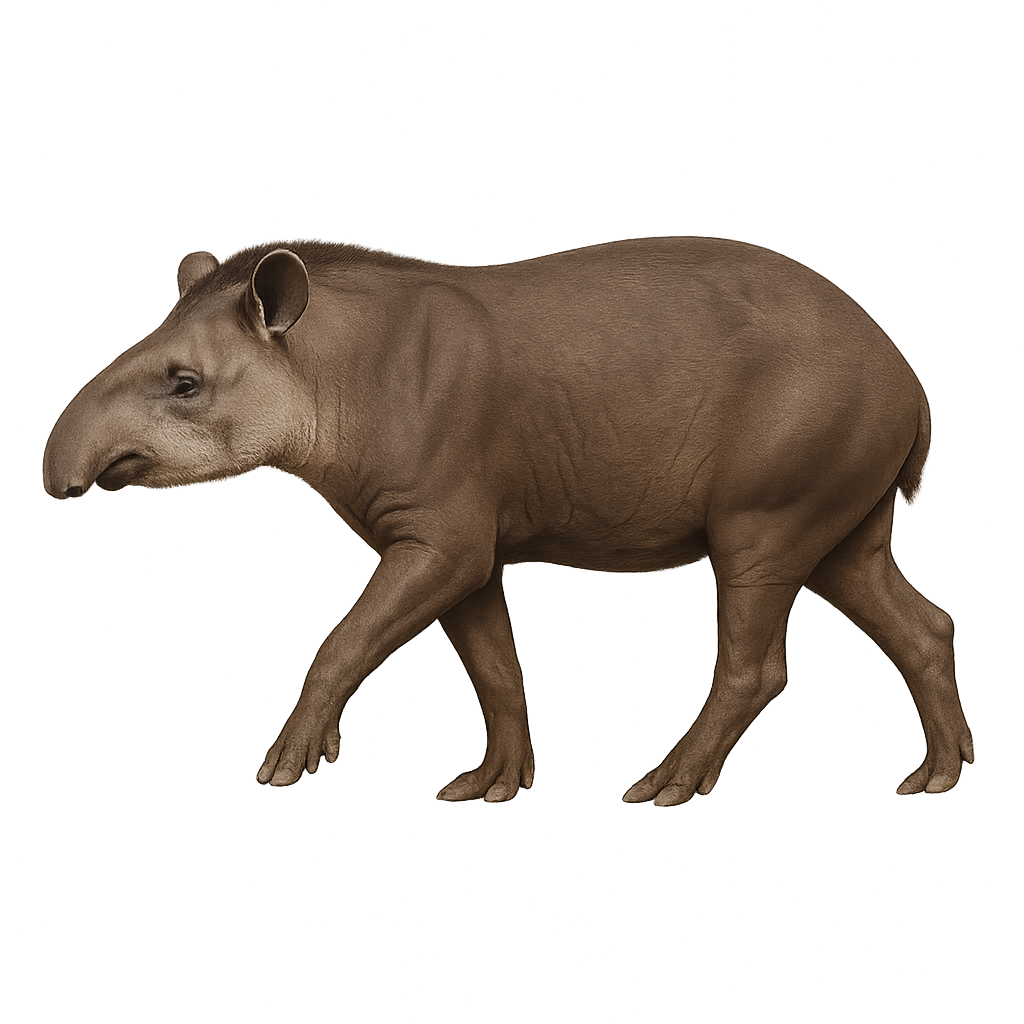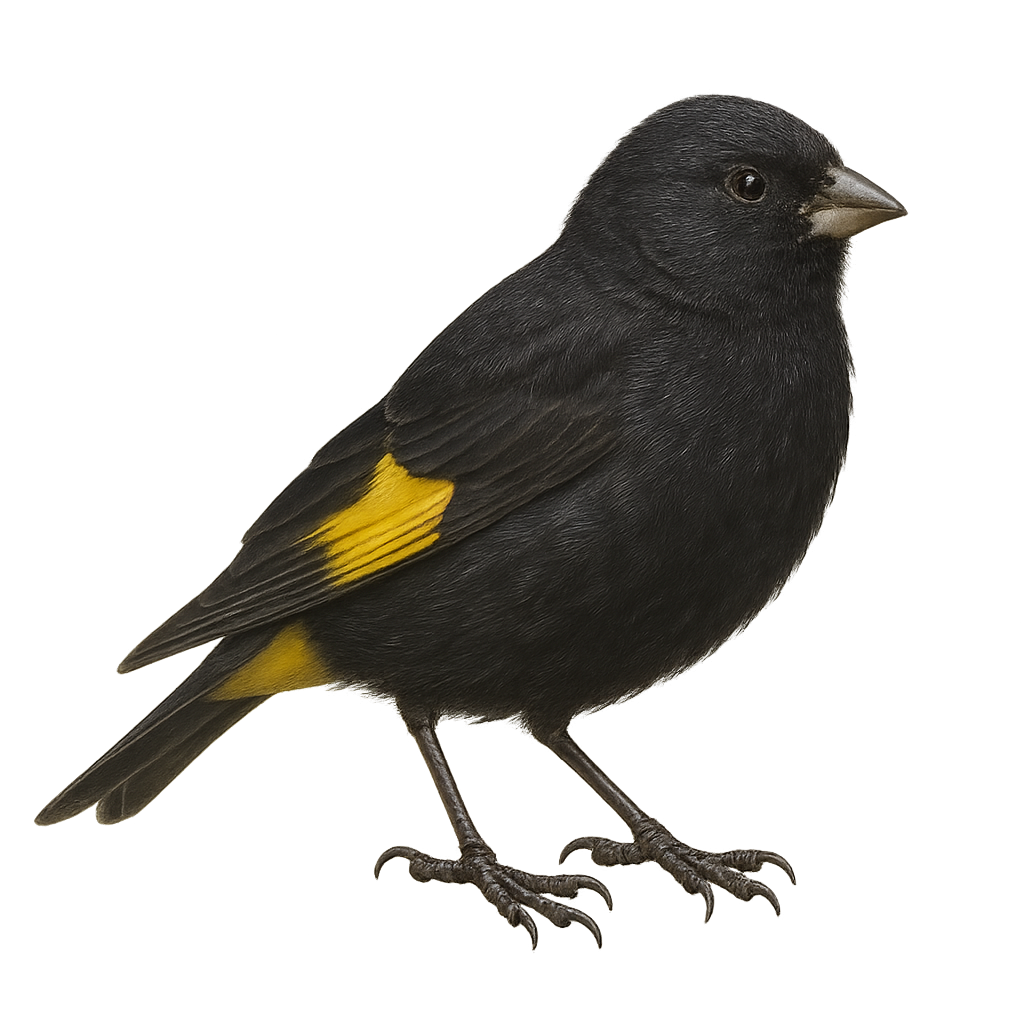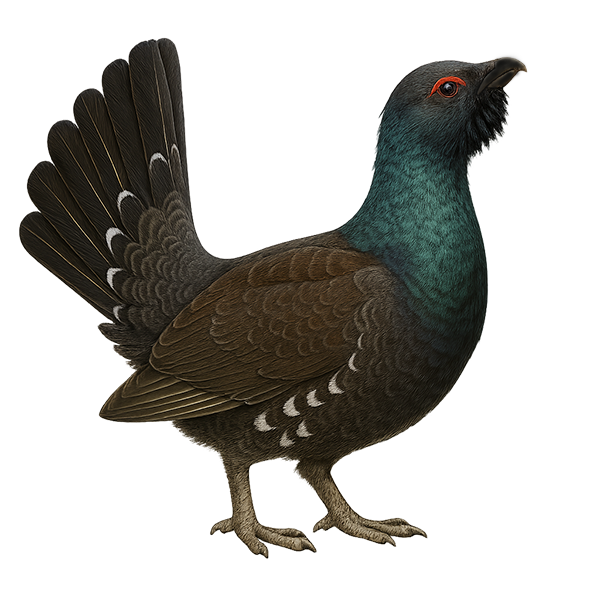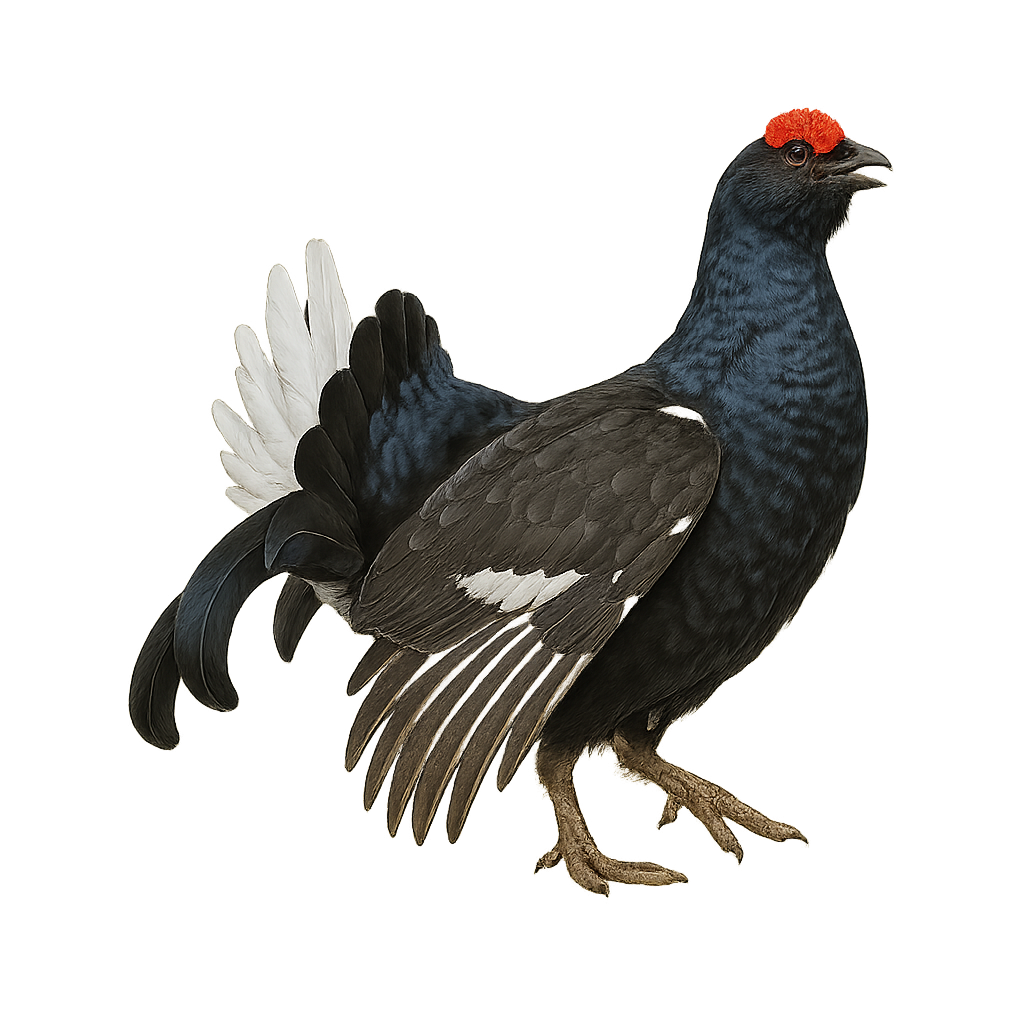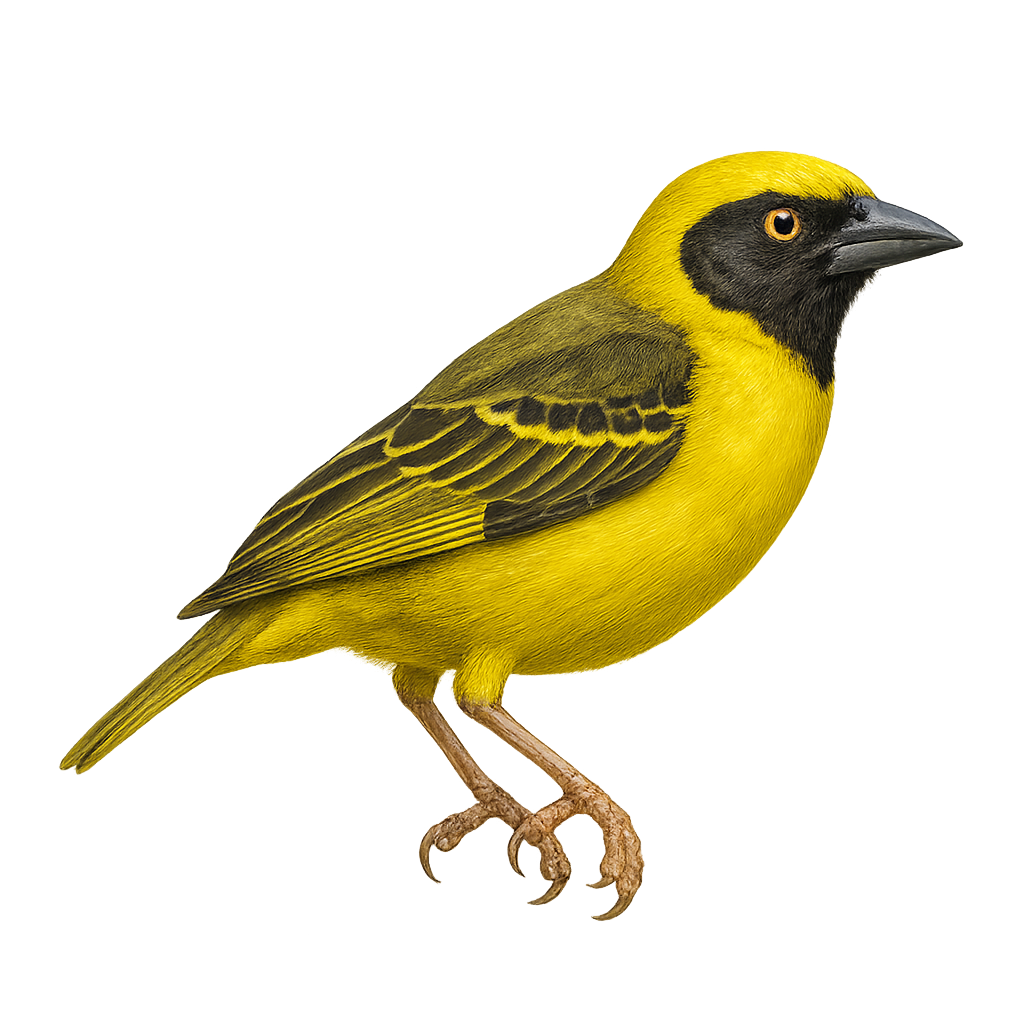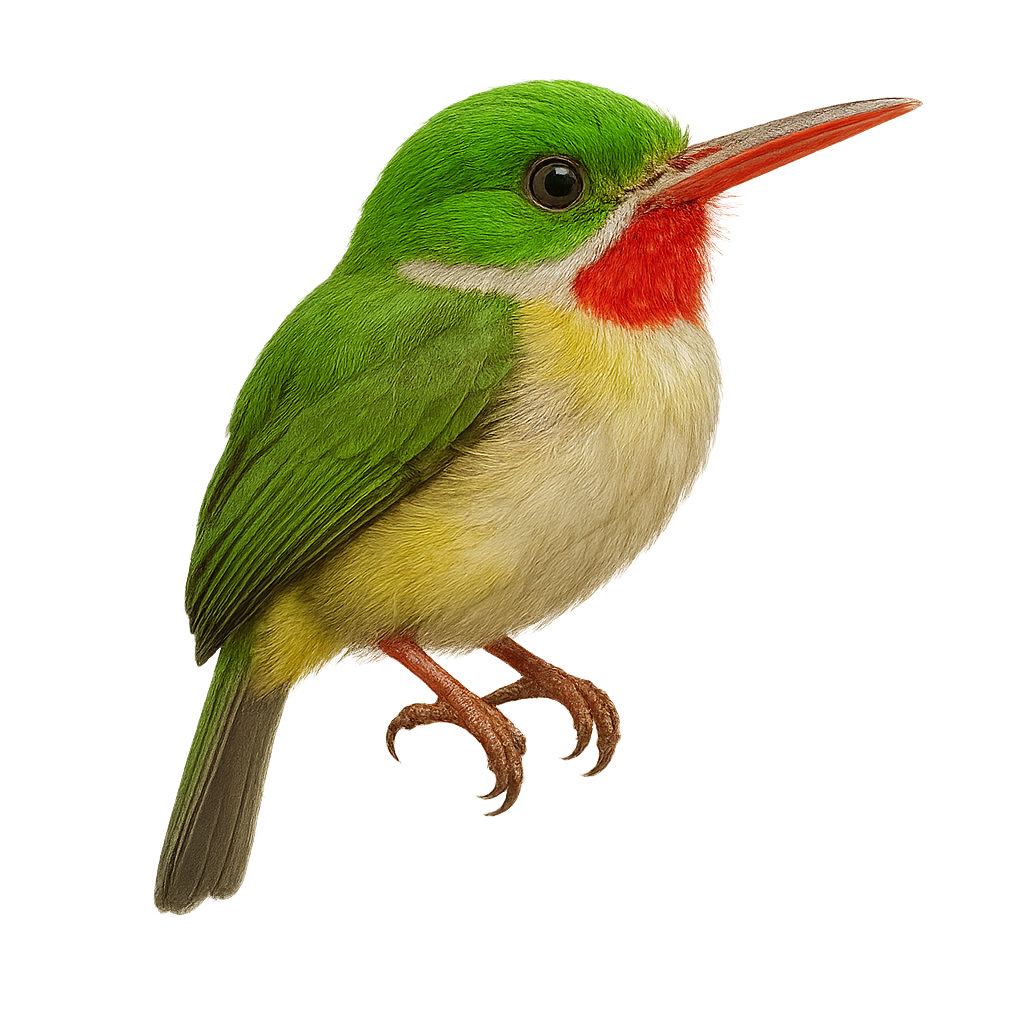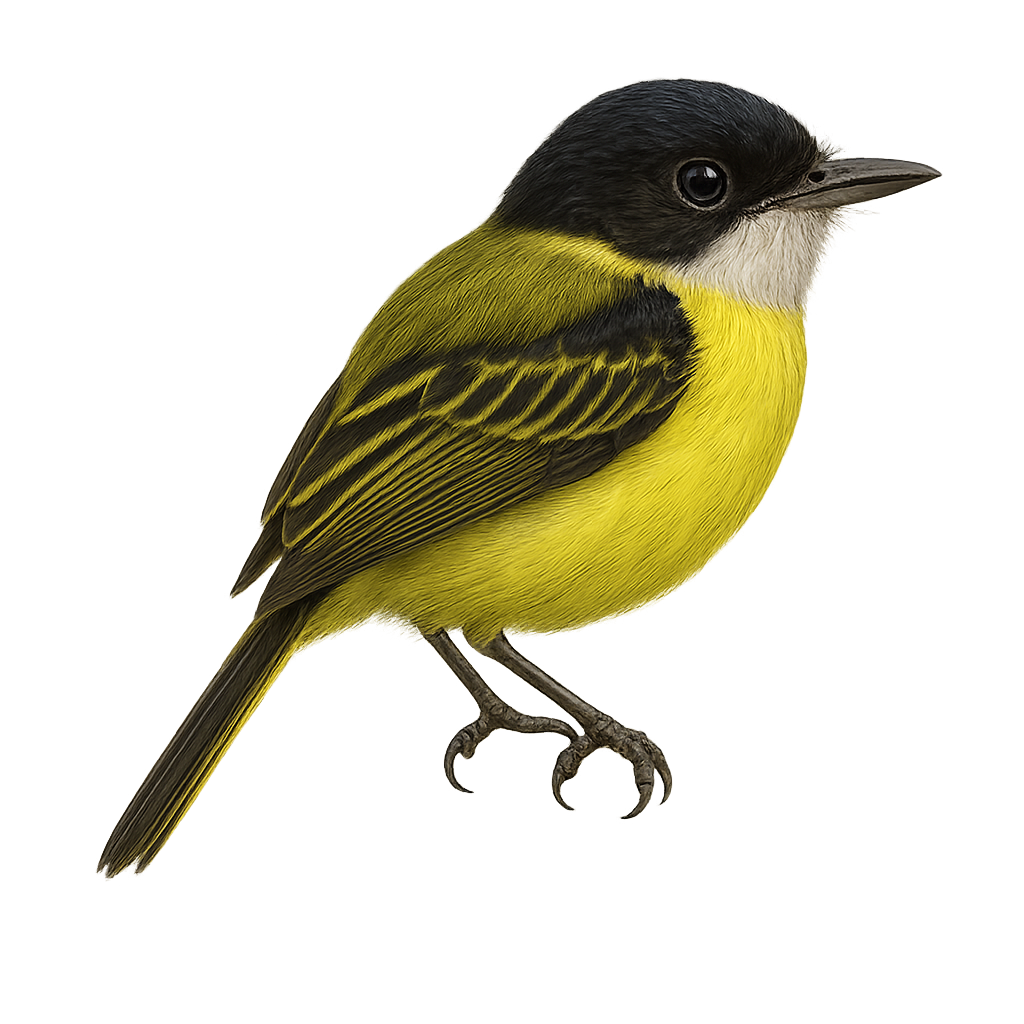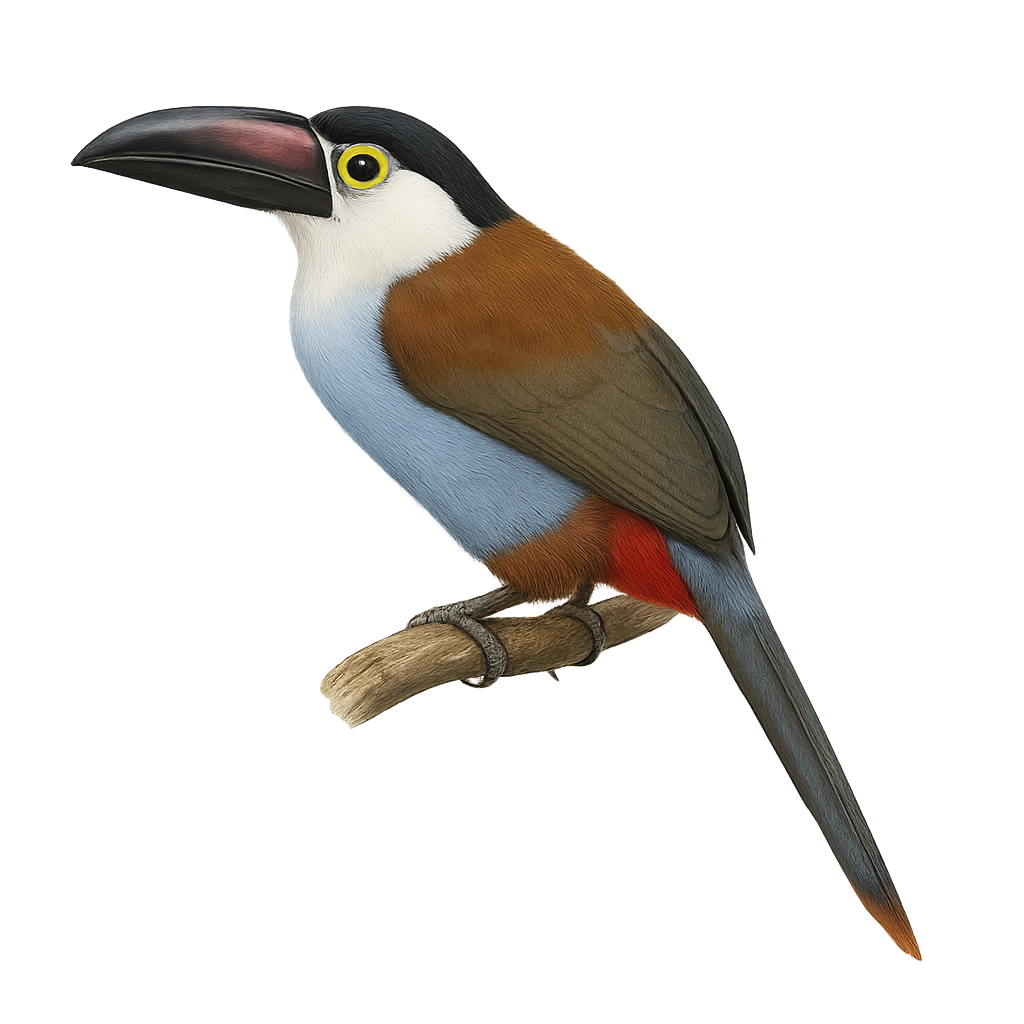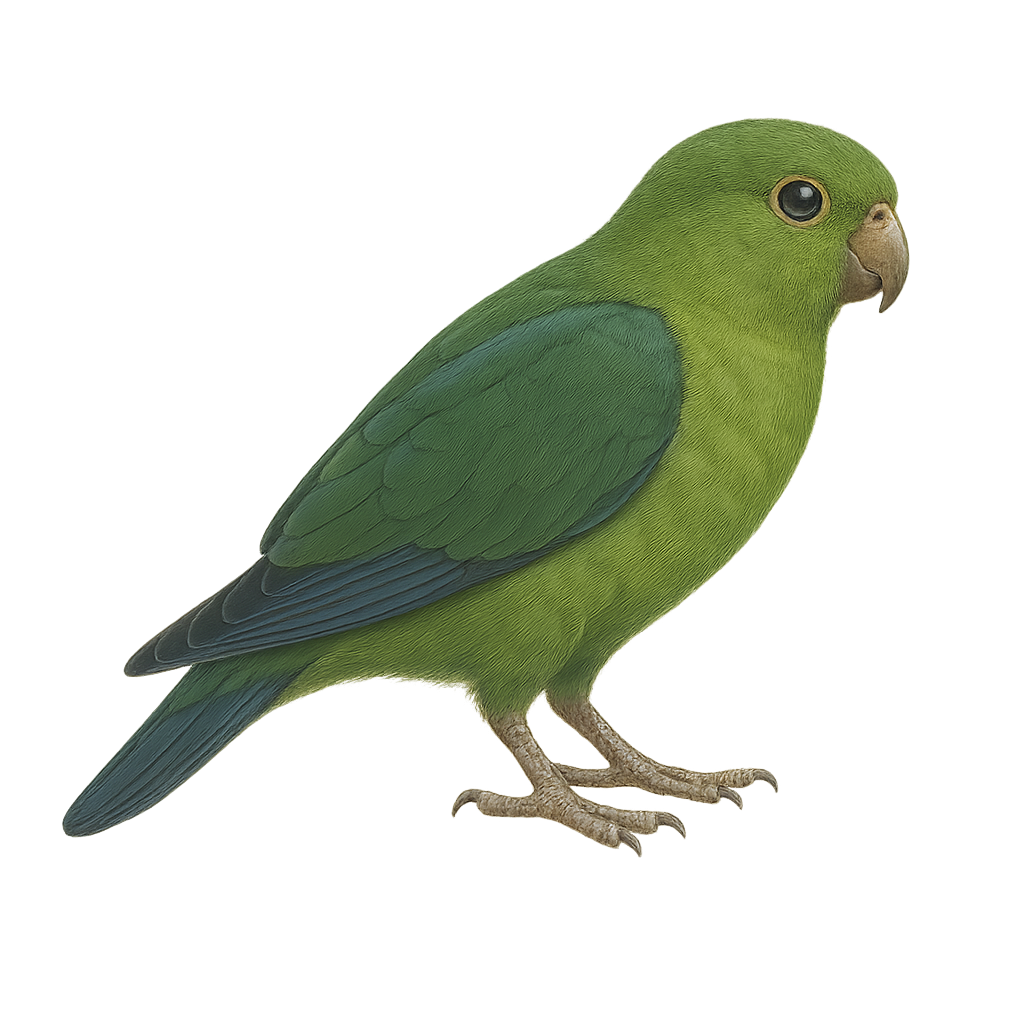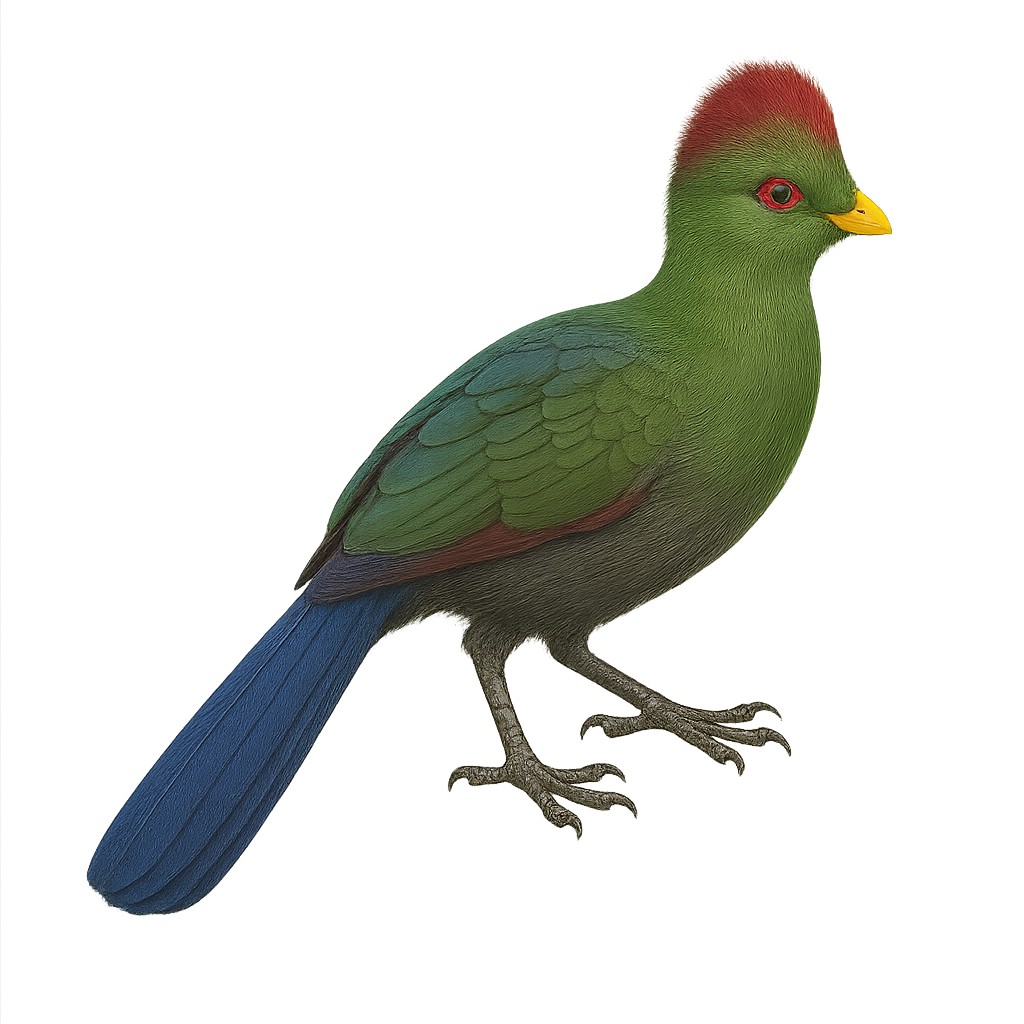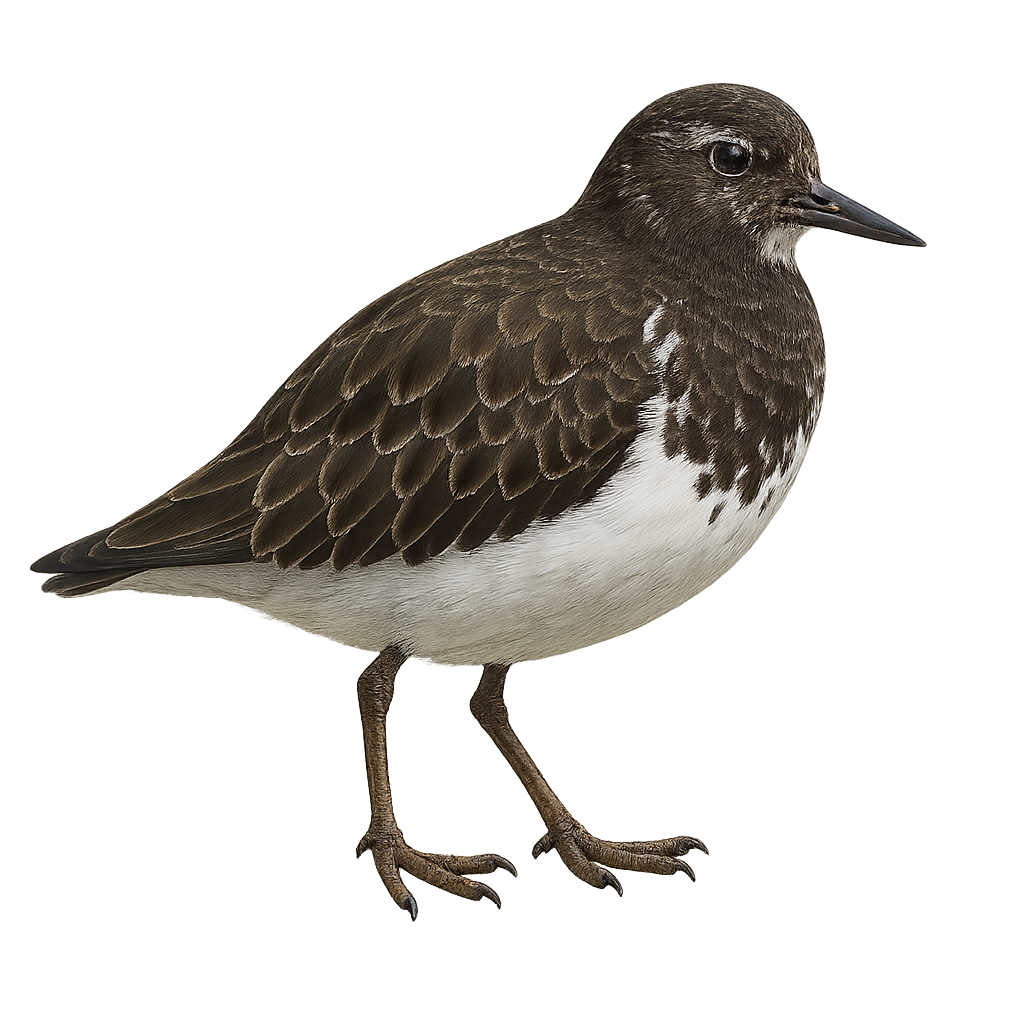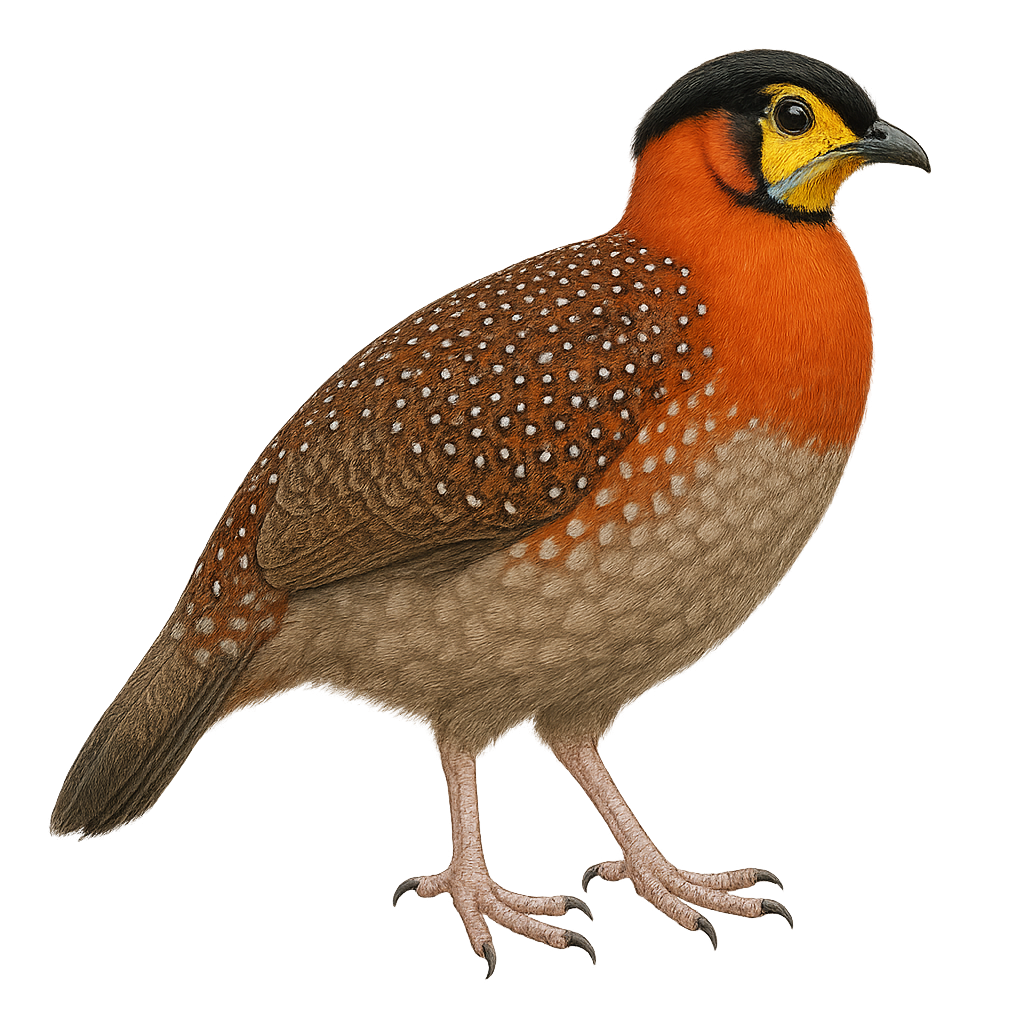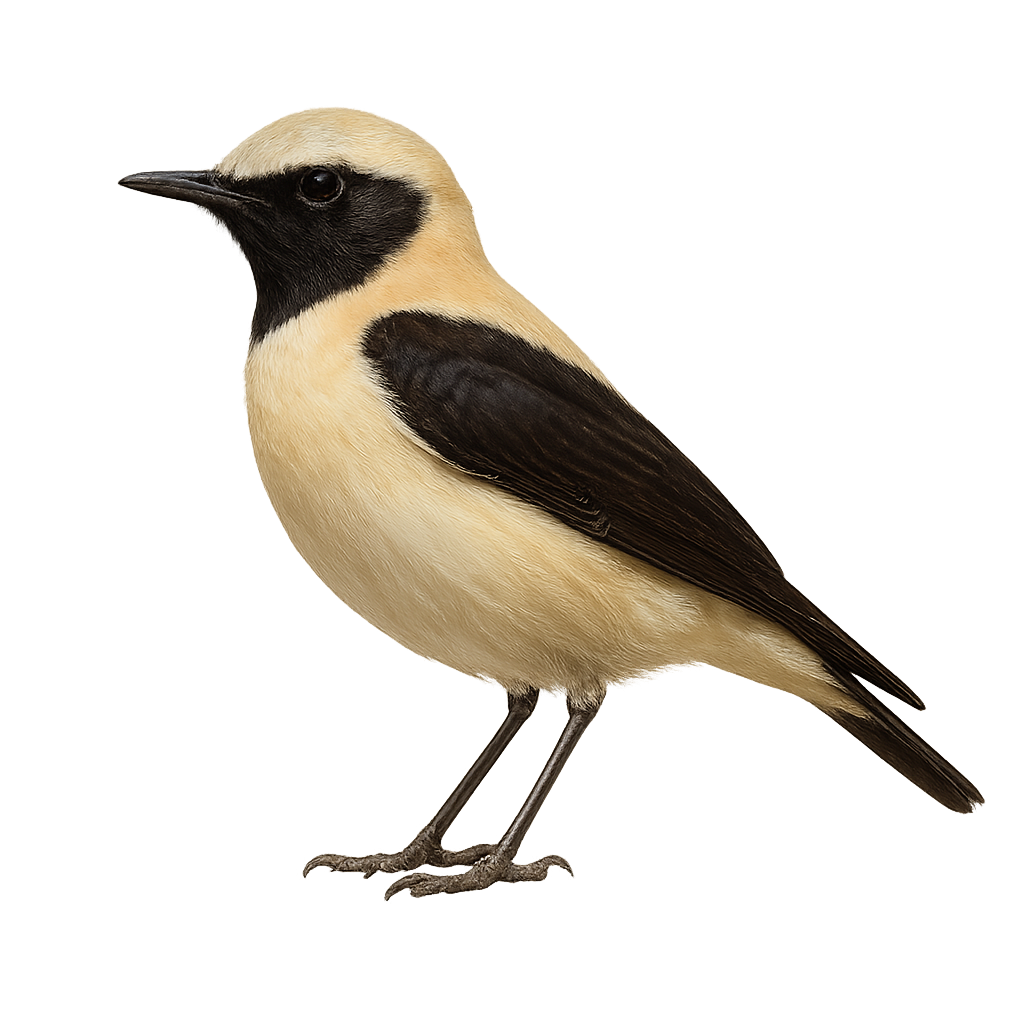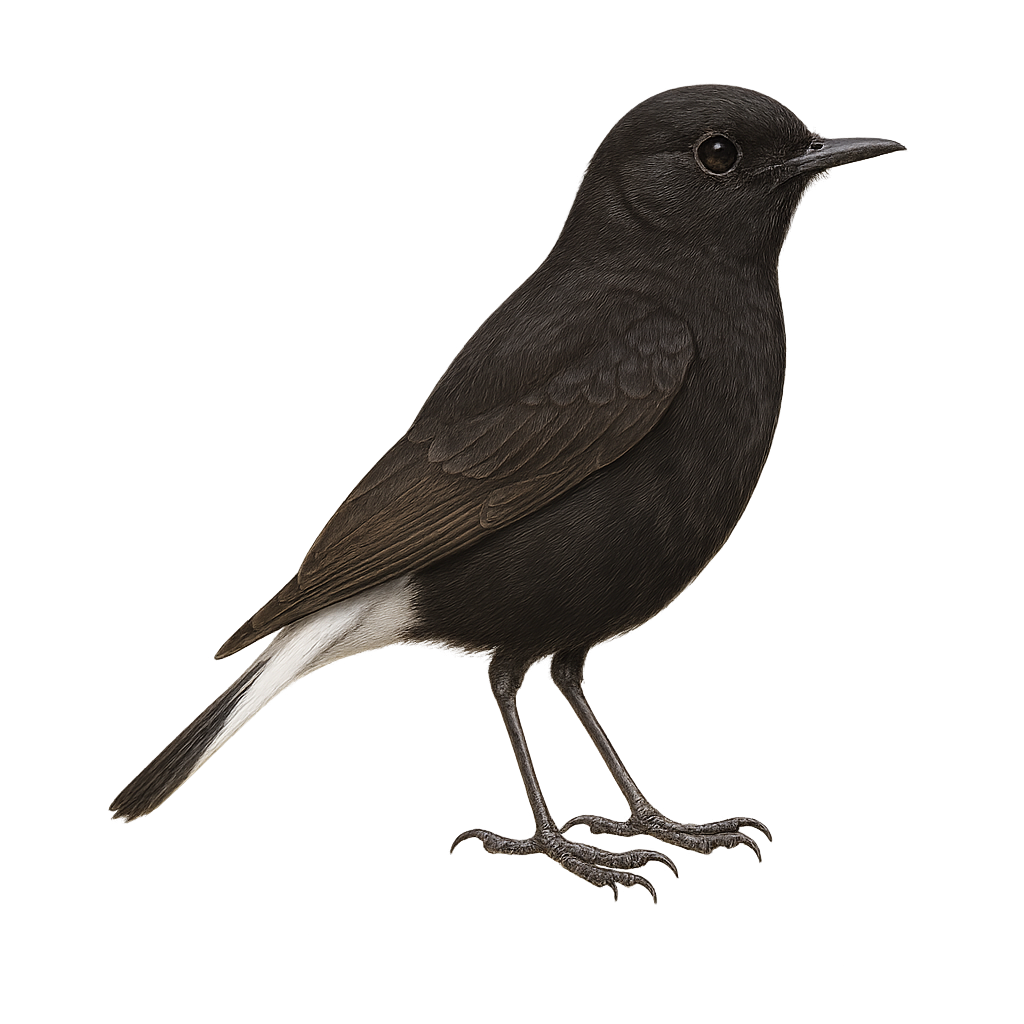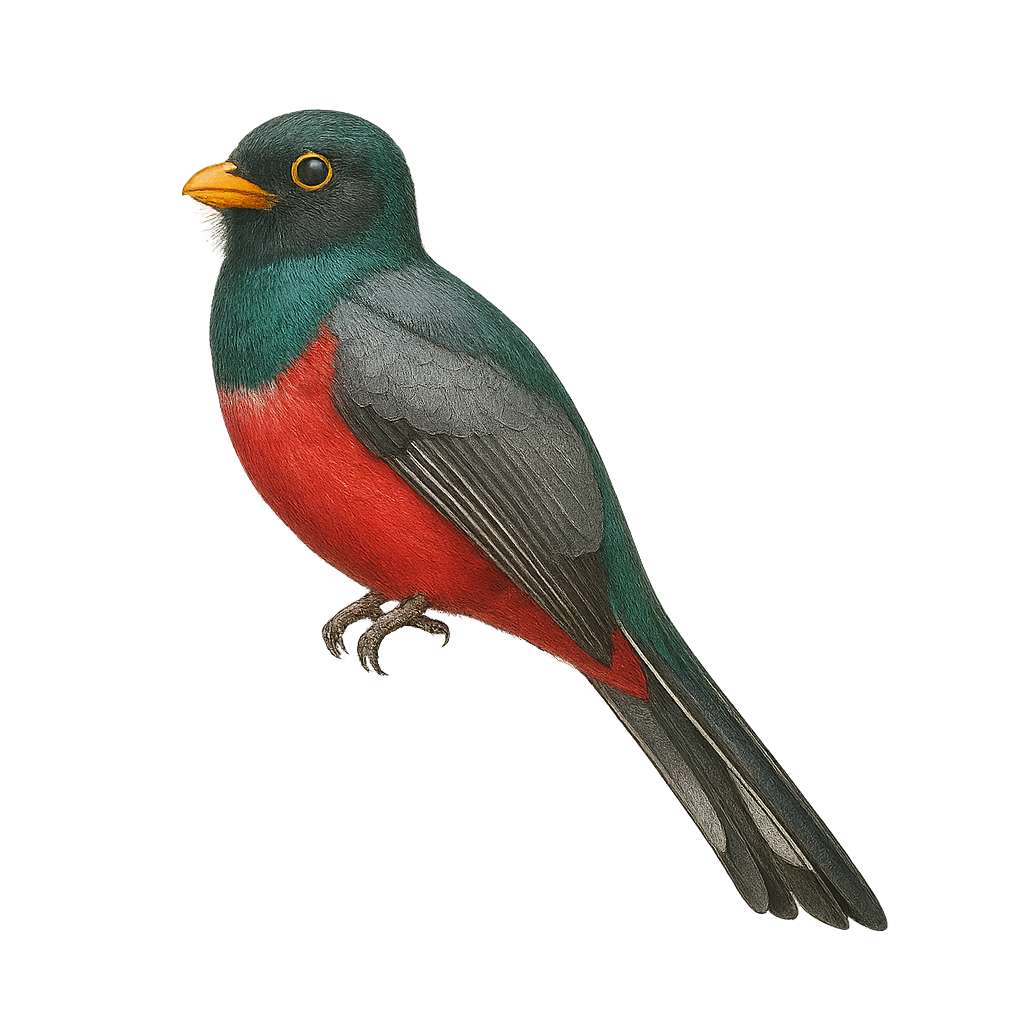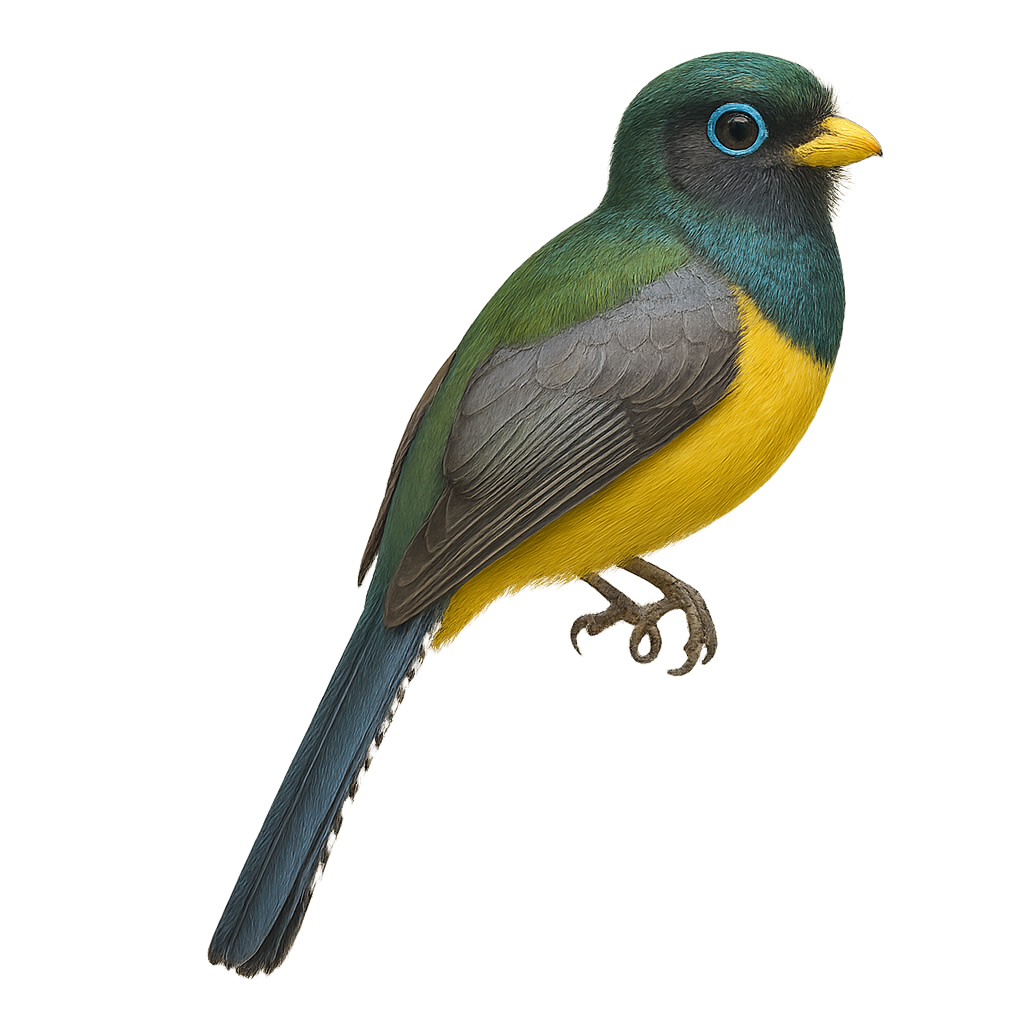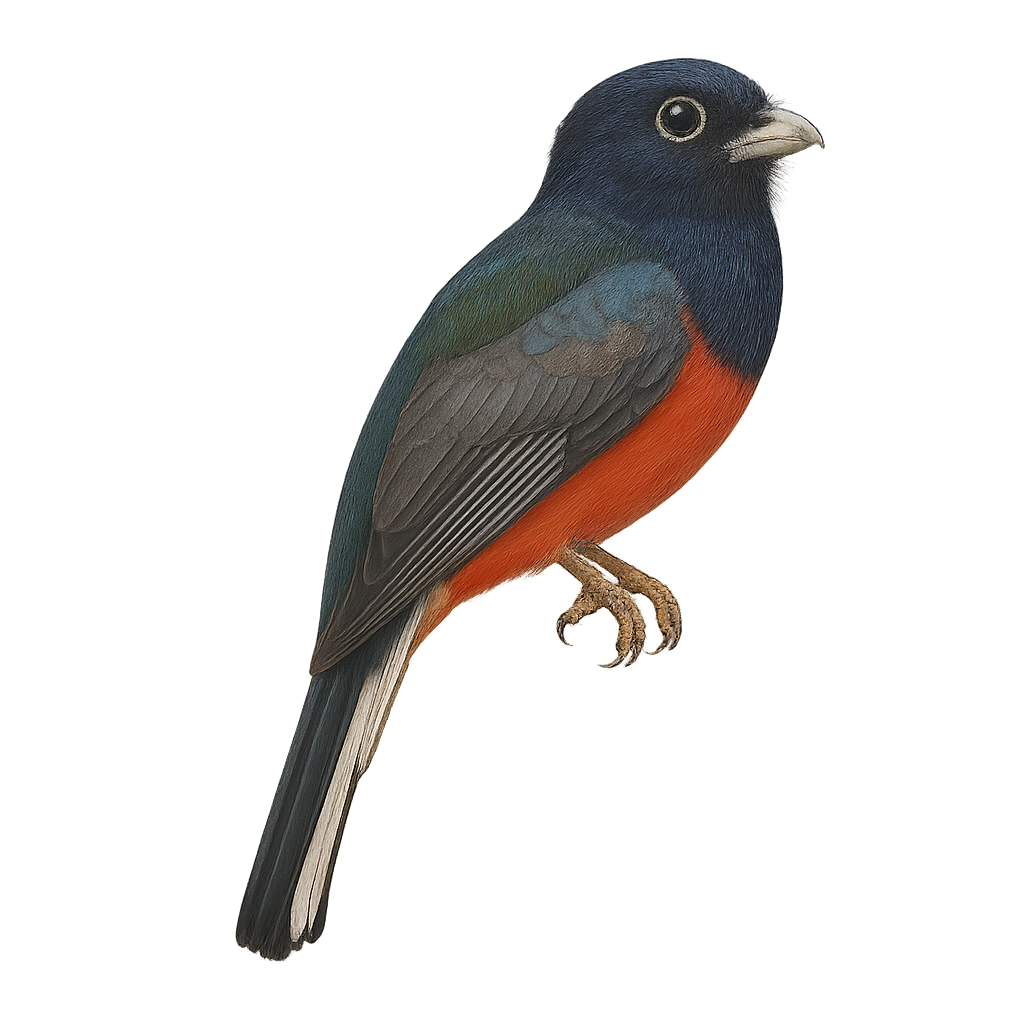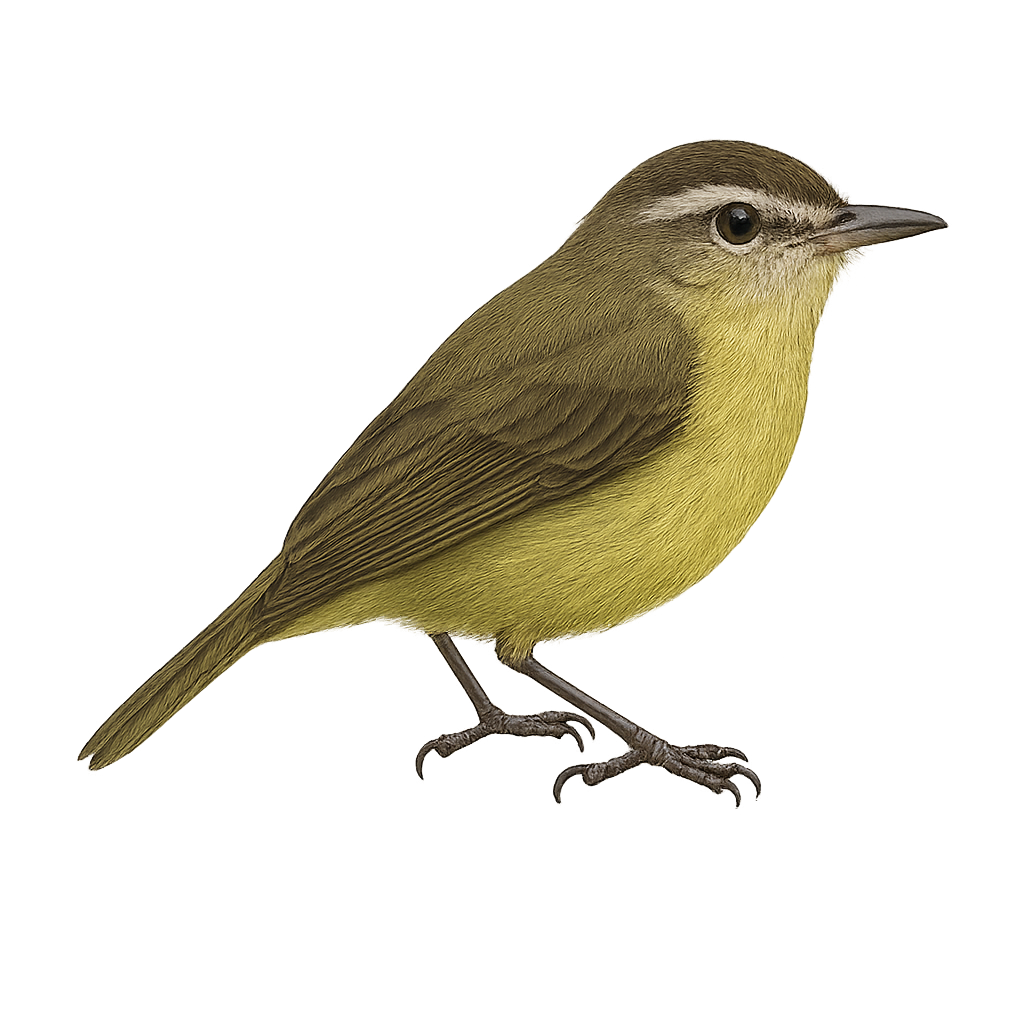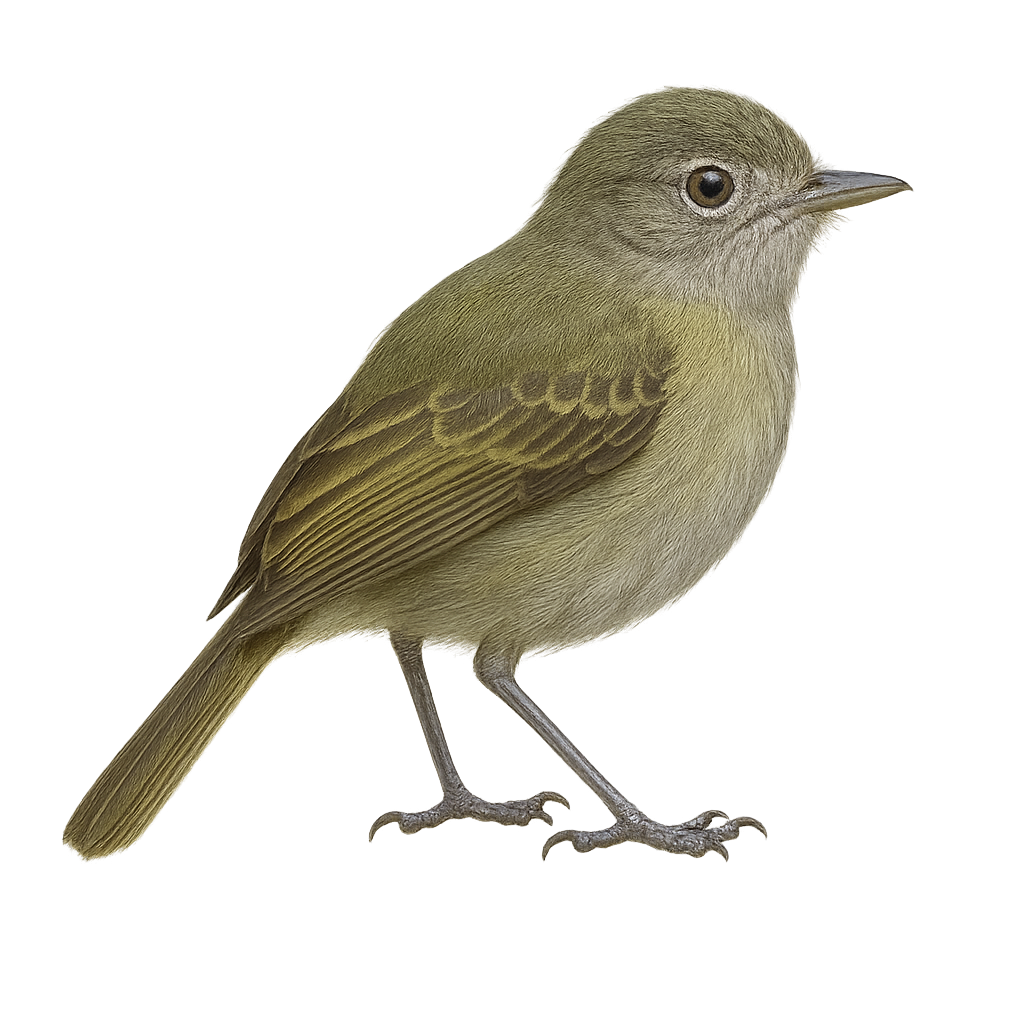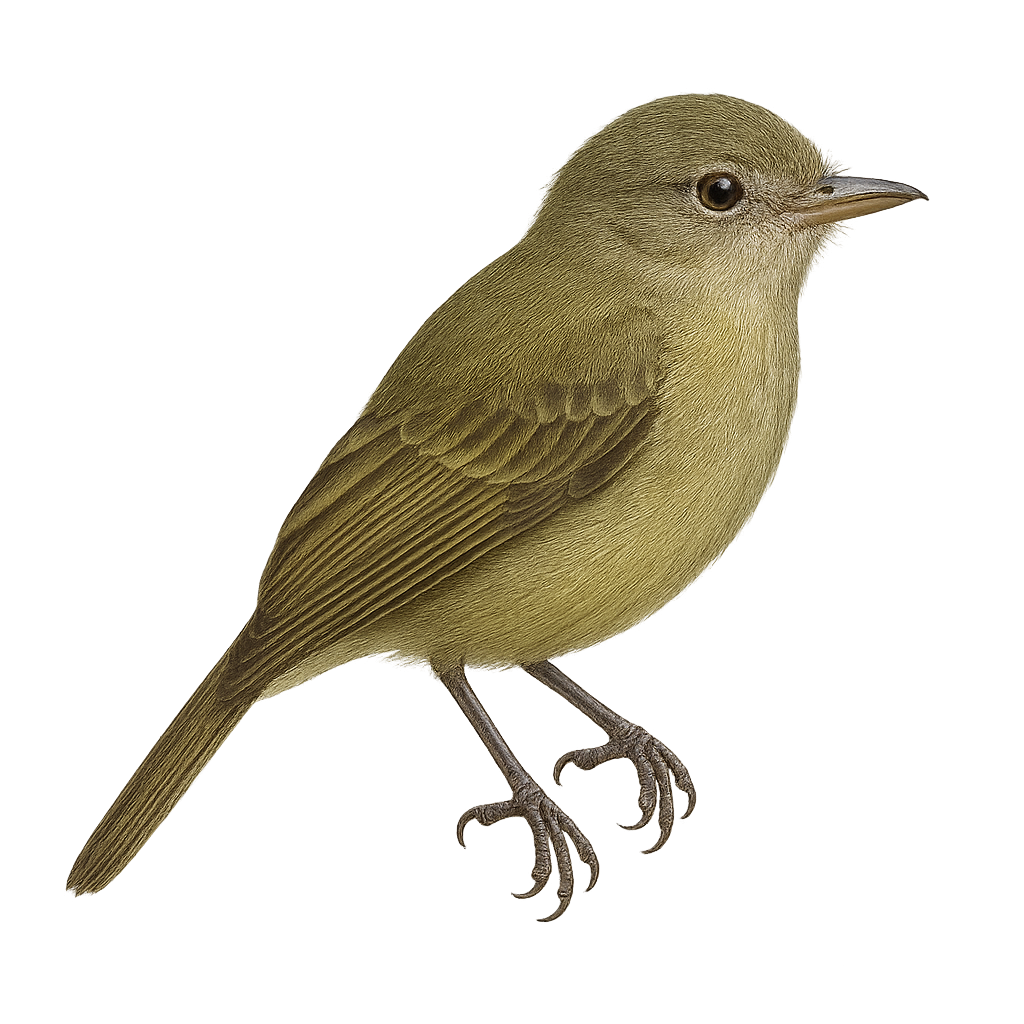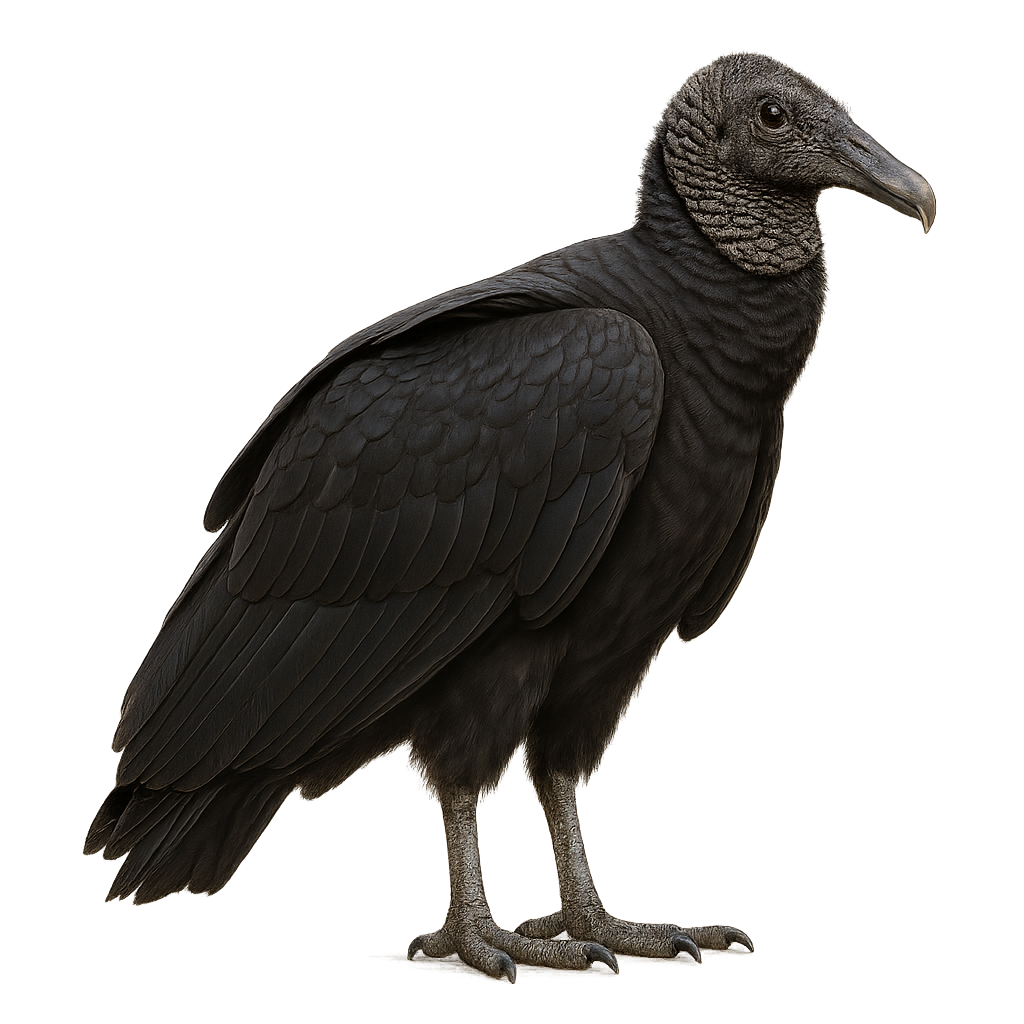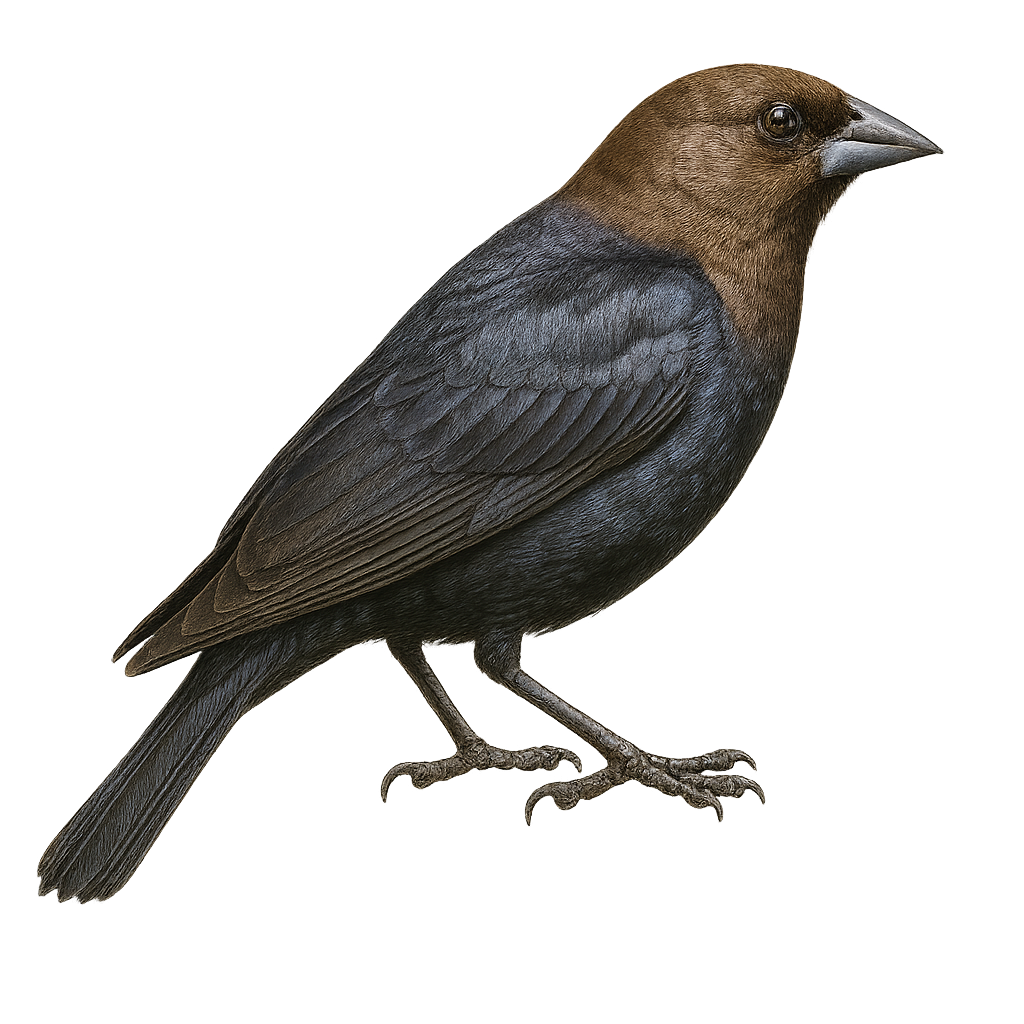The Baird's Tapir is a species of tapir found primarily in the tropical forests of Central America, notably in Guatemala, Honduras, Costa Rica, and Nicaragua. It typically measures about 2 to 2.5 meters in length, with a short tail of 20 to 30 cm, and weighs between 200 and 300 kg. Its fur is predominantly black or dark brown, with lighter areas on its legs and ears. The Baird's Tapir has a long, flexible snout that allows it to grasp leaves, fruits, branches, and grasses. While it is an excellent swimmer and often spends time in water, it primarily lives in dense, humid forests. This species is threatened by deforestation, illegal hunting, and habitat loss, which has led to a decline in its population.
The Brazilian tapir, also known as the Amazonian tapir, is a large herbivorous mammal that lives in the humid tropical forests and wetland areas of the Amazon basin. It is easily recognized by its massive body, short legs, and elongated trunk-like nose, which it uses to grasp branches and leaves. The Brazilian tapir is primarily nocturnal and solitary, feeding mainly on fruits, leaves, and roots. While rather calm, it is an excellent swimmer and often spends time in water to cool off or move around. This tapir is currently listed as vulnerable due to habitat loss and hunting.
The Black Siskin, or Spinus atratus, is a small finch known for its dark plumage with bright yellow patches on its wings and tail. It is primarily found in the mountainous regions of the Andes, frequenting open areas and high-altitude grasslands. This passerine is often seen in small flocks, feeding on seeds and insects. Although relatively tolerant, it remains cautious of potential threats. Its breeding season typically coincides with the rainy season when food is plentiful. The Black Siskin plays a vital role in the ecosystem by aiding in seed dispersal.
The Brown-crowned Tchagra, or Tchagra australis, is a medium-sized passerine bird belonging to the Malaconotidae family. It is primarily found in wooded regions and savannas of sub-Saharan Africa. This bird is characterized by its brownish head, grey back, and wings with shades of brown and black. Its melodious and varied song is often heard at dawn and dusk. The Brown-crowned Tchagra is a discreet bird, preferring to hide in dense bushes. It mainly feeds on insects but can also consume small fruits. Although it is quite widespread, it can be difficult to spot due to its wary behavior and often dense habitat.
The Black-crowned Tchagra is an elegant and discreet bird, easily recognizable by its black crown contrasting with its brown back and white belly. It primarily inhabits the savannas, open forests, and thickets of sub-Saharan Africa. This bird is often seen alone or in pairs, moving agilely through dense vegetation. Its melodious song, composed of soft and varied whistles, often resonates at dawn and dusk. Although relatively tolerant of human presence, it prefers to stay out of sight, blending into its natural environment. Its ability to adapt to various habitats makes it a common resident in many regions.
The Black-billed Capercaillie, or Tetrao urogalloides, is a striking bird from the Phasianidae family. It primarily inhabits the boreal forests of Siberia and the Russian Far East. This bird is recognizable by its dark plumage and impressive size, with males reaching up to 90 cm in length. Males display black plumage with metallic sheen, while females are more subdued with mottled brown feathers. The Black-billed Capercaillie is a sedentary bird that feeds mainly on buds, leaves, and berries. It is known for its spectacular courtship displays, where males spread their feathers and produce deep sounds to attract females.
The Western Capercaillie, or Lyre Grouse, is a large bird primarily found in the coniferous forests and wooded areas of Eastern and Northern Europe, notably in Scandinavia, Russia, and Poland. It typically measures about 40 to 50 cm in length and weighs between 500 and 800 g. Its plumage is mainly brown and black, with white markings and red hues on the chest. The Lyre Grouse is particularly famous for the spectacular courtship dance of the male, who spreads his feathers in a lyre shape to attract a female. It primarily inhabits dense forest habitats and feeds on berries, seeds, young shoots, and insects. While its population remains relatively stable in some areas, the Lyre Grouse is threatened by habitat loss, deforestation, and human disturbances.
The Bengal Tiger is a subspecies of tiger found primarily in the forests of India, Bangladesh, Nepal, Bhutan, and Myanmar. It typically measures between 2.7 and 3.1 meters in length, with a tail of 1 to 1.2 meters, and weighs between 200 and 260 kg. Its fur is yellow-orange with distinct black stripes, and its impressive size makes it one of the largest and most powerful tiger subspecies. The Bengal Tiger is a solitary and territorial predator, primarily feeding on large herbivores such as deer, wild boars, and buffalo. Although its population is declining, the Bengal Tiger is one of the best-protected tiger subspecies, with active conservation efforts in wildlife reserves and national parks. It is still threatened by habitat loss, poaching, and human-wildlife conflicts.
The Black-throated Babbler, or Stachyris nigricollis, is a discreet and fascinating bird primarily inhabiting the tropical forests of Southeast Asia. This small passerine is recognizable by its black throat contrasting with its olive-brown plumage. It mainly feeds on insects and small invertebrates, which it finds by rummaging through dense undergrowth. Although often difficult to observe due to its suspicious nature, it is frequently heard thanks to its melodious and repetitive song. The Black-throated Babbler plays an important role in the forest ecosystem by helping control insect populations. It is also an indicator of the health of tropical forests, as it is sensitive to disturbances in its natural habitat.
The Bartlett's Tinamou, or Crypturellus bartletti, is a shy, ground-dwelling bird found primarily in the humid tropical forests of the Amazon. It is medium-sized, measuring about 28 to 32 cm in length, with a reddish-brown plumage that blends seamlessly into its forest environment. Its call, often heard at dusk, is a soft whistle that echoes through the canopy. This bird is mostly solitary, feeding on fallen fruits, seeds, and insects. Although capable of flight, it prefers to run to evade predators. Its elusive nature and dense habitat make it difficult to spot, but it plays a crucial role in seed dispersal, contributing to the health of its ecosystem.
The Baglafecht Weaver is a medium-sized bird, measuring about 15 cm in length. It is easily recognizable by its bright yellow plumage, contrasting with a black head and brownish wings. Both males and females have similar colors, though males are generally more vibrant. This bird primarily feeds on seeds but also consumes insects, especially during the breeding season. It is found in various habitats, including forests, savannas, and agricultural areas. The Baglafecht Weaver is known for its complex nests, often hanging from tree branches. It is social and often lives in colonies, making it fascinating to observe.
The Broad-billed Tody, Todus subulatus, is a small, colorful bird endemic to the island of Hispaniola, which is shared by Haiti and the Dominican Republic. It is characterized by its bright green plumage on the back, a white belly, and a striking red throat. Its long, slender bill is adapted for catching insects, its primary food source. This small bird measures about 10 to 11 cm in length and weighs between 5 and 7 grams. It primarily inhabits tropical rainforests but can also be found in drier wooded areas. The Broad-billed Tody is a territorial bird, often seen alone or in pairs, and is known for its high-pitched, repetitive song.
The Black-capped Pygmy Tyrant is a small passerine bird belonging to the Tyrannidae family. It is characterized by its black head contrasting with its grayish body and slightly yellow-tinged wings. This tiny bird measures about 9 to 10 cm in length and weighs between 6 and 7 grams. It is primarily insectivorous, feeding on small insects caught in flight or on leaves. It is found in tropical humid forests, forest edges, and sometimes in open wooded areas. Its song is a high-pitched, rapid trill, often heard before being seen. It is generally solitary or seen in pairs, known for being quite discreet and difficult to spot in its dense habitat.
The Black-billed Mountain-Toucan, or Andigena nigrirostris, is a fascinating bird of the Andean forests. It is distinguished by its colorful plumage, blending shades of blue, green, and yellow, and a characteristic black bill. This toucanet inhabits the humid high-altitude forests, often observed between 1,800 and 3,500 meters. It primarily feeds on fruits but also consumes insects and small vertebrates. Its behavior is generally suspicious, making it difficult to observe. Pairs are often monogamous and nest in tree cavities. Although its habitat is threatened by deforestation, it is currently classified as Least Concern by the IUCN.
The Black-backed Parrotlet is a small, arboreal parrot found primarily in the humid forests of northeastern South America, particularly in Brazil. This parrot is distinguished by its bright green plumage, with a characteristic black back that gives it its name. It measures about 15 cm in length and weighs between 40 and 50 grams. Its beak is short and powerful, adapted to its diet mainly consisting of fruits, seeds, and flowers. The Black-backed Parrotlet is often observed in small groups, moving agilely through the canopy. Although its habitat is threatened by deforestation, it is currently classified as "Least Concern" by the IUCN.
The Bannerman's Turaco is a striking bird known for its vibrant plumage, predominantly green with shades of blue and red. Native to the montane forests of Cameroon, it is often found in dense wooded areas where it feeds mainly on fruits, flowers, and leaves. This bird features a distinctive crest and a bright red beak, making it easily recognizable. Although it is relatively tolerant, it prefers to stay hidden in the canopy. The Bannerman's Turaco is a vulnerable species due to deforestation and habitat loss, making its conservation crucial for preserving the region's biodiversity.
The Black Turnstone is a medium-sized shorebird, easily identified by its dark head contrasting with its lighter body. It primarily inhabits the rocky coasts of the North Pacific, from Alaska to California. Known for its active behavior, it flips stones and algae to find food, mainly marine invertebrates. Often seen in small groups, especially outside the breeding season, it is relatively tolerant of human presence but prefers less disturbed areas for feeding and resting. Its population is stable, though it remains vulnerable to coastal habitat disturbances.
The Blyth's Tragopan is a colorful and rare pheasant native to the mountainous forests of the eastern Himalayas. This magnificent bird is easily recognizable by its bright plumage, mainly red with white spots and black patterns. Males display a blue crest and facial wattles that become more vibrant during the breeding season. The females, more discreet, have a brown speckled plumage that allows them to blend into their environment. The Blyth's Tragopan is a shy bird that prefers to stay hidden in dense undergrowth, feeding mainly on seeds, fruits, and insects. Unfortunately, this species is threatened by habitat loss and hunting.
The black-eared wheatear is a small passerine, 14–15 cm long, with contrasting plumage: pale grey crown and back, black wings and tail, white throat and a black eye stripe. It inhabits steppes, rocky slopes, scrub and open plains in southern Europe and Western Asia, feeding on insects and spiders on the ground or during low flights. During breeding (April to July), the male performs aerial displays and sings from a perch to attract the female and defend its territory.
The Black Wheatear, Oenanthe leucura, is a bird from the Muscicapidae family. It is predominantly black with a distinctive white tail. Found in arid and rocky regions of southern Europe and northern Africa, this bird is known for its territorial behavior and adaptability to harsh environments. The Black Wheatear primarily feeds on insects and small invertebrates. It nests in crevices or holes in rocks, typically laying 4 to 5 eggs. Although its habitat is sometimes threatened by human activity, it is currently classified as of least concern by the IUCN.
The Black-tailed Trogon, or Trogon melanurus, is a colorful and fascinating bird primarily found in the tropical forests of South America. It is distinguished by its vibrant plumage, with an emerald green back, bright red chest, and characteristic black tail. This bird measures about 28 to 30 cm in length and primarily feeds on insects and fruits. The Black-tailed Trogon is often seen quietly perched on a branch, scanning its surroundings for food. It is known for its soft, melodious song that resonates through the canopy. Although it is relatively tolerant of human presence, it prefers dense habitats where it can easily hide.
The Black-headed Trogon is a colorful bird found primarily in the tropical and subtropical forests of Central and South America, notably in Mexico, Honduras, Costa Rica, and Panama. It typically measures about 25 to 30 cm in length and weighs between 90 and 120 g. Its plumage is especially vibrant, with a black head contrasting with a brightly colored body, primarily green and red. The Black-headed Trogon primarily feeds on fruits, berries, and small insects. It is often observed in dense forests, where it enjoys perching on tree branches. While its population remains relatively stable, it is sometimes threatened by deforestation and the loss of its natural habitat.
The Black-throated Trogon is a captivating bird of the tropical forests of Central and South America. It is distinguished by its vibrant plumage, with an emerald green back, bright yellow chest, and characteristic black throat. Its tail is long and graduated, often moved subtly. This bird is mainly insectivorous but also consumes fruits. It is often seen perched silently in the canopy, patiently waiting for its prey. The Black-throated Trogon is monogamous and uses tree cavities for nesting. Its song is soft and melodious, often heard at dawn. Although its habitat is threatened by deforestation, it remains relatively common in protected areas.
The Baird's Trogon is a fascinating bird, endemic to the humid tropical forests of Central America, particularly in Costa Rica and Panama. This trogon is distinguished by its striking plumage, with a metallic green back, bright red chest, and white belly. It is often observed silently perched in the canopy, feeding mainly on insects and fruits. Although discreet, its melodious song echoes through the forest, signaling its presence. Unfortunately, deforestation threatens its habitat, making it vulnerable. Conservation efforts are crucial to ensure its survival. This bird is a symbol of the biodiversity of tropical forests and an indicator of the health of these ecosystems.
The Brown-capped Tyrannulet is a small passerine bird belonging to the Tyrannidae family. It is primarily found in the tropical rainforests of Central and South America, where it moves nimbly through the canopy in search of insects. Its head features a distinctive brownish hue, contrasting with its lighter body. Although discreet, its melodious song makes it identifiable to those who know how to listen. It plays an essential role in the ecosystem by controlling insect populations and participating in the pollination of certain plants. Its small size and lively behavior make it difficult to observe, but it is a favorite subject for amateur and professional ornithologists.
The Black-capped Tyrannulet is a small passerine bird belonging to the Tyrannidae family. It is primarily found in the humid montane forests of South America, notably in Colombia, Peru, and Bolivia. This small bird measures about 11 cm in length and is distinguished by its black cap contrasting with its pale yellow belly and olive-green back. It is often seen foraging for insects in dense foliage. Its song is a high-pitched, repetitive whistle. Although discreet, it is relatively common in its natural habitat. The Black-capped Tyrannulet plays an important role in the ecosystem by controlling insect populations.
The Zimmerius bolivianus, or Bolivian Tyrannulet, is a small passerine bird belonging to the Tyrannidae family. It is primarily found in the humid montane forests of the Andean region, particularly in Bolivia and Peru. This bird is characterized by its olive-green plumage on the back and yellow on the belly, with slightly darker wings. It is often seen feeding on insects and small fruits, moving nimbly among the branches. Although discreet, its melodious and repetitive song often reveals its presence. The Bolivian Tyrannulet plays an important role in the ecosystem by contributing to seed dispersal and insect population control.
The Burmeister's Tyrannulet, Phyllomyias burmeisteri, is a small bird from the Tyrannidae family. It is primarily found in the subtropical and tropical moist forests of South America, particularly in Brazil, Argentina, and Paraguay. This bird is characterized by its olive-green plumage on the back and pale yellow on the belly, with slightly darker wings. It is often seen in small groups or pairs, feeding mainly on insects caught in flight or on leaves. The song of the Burmeister's Tyrannulet is a soft, repetitive trill, often heard at dawn. Although its habitat is threatened by deforestation, it is currently classified as Least Concern by the IUCN.
The Black Vulture, or Coragyps atratus, is a medium-sized scavenger bird, easily recognized by its entirely black plumage and grayish bare head. It is often seen soaring with its broad, short wings and is distinguished by its short, square tail. This bird is widespread across the Americas, from the southern United States to Argentina. It inhabits various environments, from forests to urban areas, and plays a crucial ecological role by disposing of carcasses. Although often seen in large groups, the Black Vulture is somewhat wary of humans. Its ability to adapt to different environments and feed on various food sources makes it a resilient species.
The Brown-headed Cowbird, Molothrus ater, is a passerine bird from the Icteridae family, native to North America. This bird is easily recognizable by its chocolate-brown head contrasting with its glossy black body in males, while females have a duller, grayish-brown plumage. The Brown-headed Cowbird is known for its brood parasitism behavior, laying its eggs in the nests of other bird species, which can negatively impact host populations. It inhabits various environments, including grasslands, agricultural areas, and forest edges. Although often considered a nuisance by birdwatchers, it plays a role in ecological balance by controlling insect populations.



